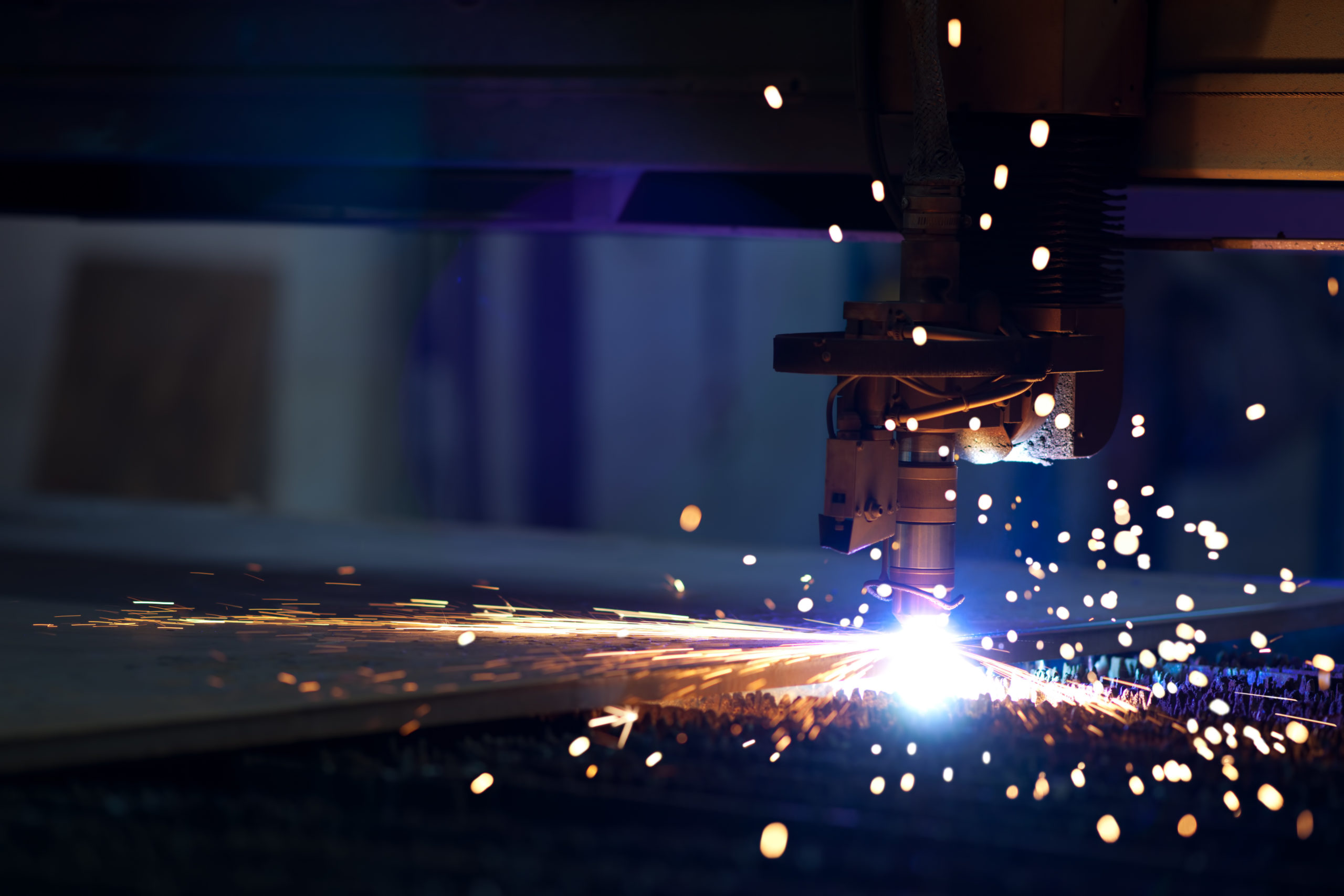Blog Manufacturing in 2021: 4 factors to consider now and in the future

As we examine manufacturing in 2021, we are facing a growing, more active economy. With the demand for goods at an all-time high and the supply chain ramping back up to meet demand, what issues will manufacturing entities face in the coming year and beyond?
Machine Learning
Manufacturing in 2021, like the years leading up to it, will become increasingly influenced by machine learning, machine intelligence and the utilization of other connectivity enabling IoT (internet of things) technologies.
Just as in any other highly technical industry, manufacturing companies will determine their level of efficiency and success through their overall use of data. Everything from analytics to predictive maintenance will depend on the swift and efficient implementation of intelligence-driven decision-making that is better and capable of real-time and automated adjustments.
Cybersecurity
An increasingly digital workplace and the ever-expanding IoT connecting every aspect of industry has come with consequences. Expanding networks equals numerous new attack vectors through which bad actors can initiate a variety of cyberattacks, including the pervasive method of ransomware.
By partnering with recruiters and consultants who have seen the effect a subpar digital defense can have on the productivity of a company and the trust of its stakeholders, a partner with an intimate understanding of manufacturing’s reliance on connectivity to function, companies can gain highly qualified and credentialed digital professionals to mitigate the inevitable rise in cyber risk.
Focusing on B2B Commerce
The pandemic taught us how easily the supply chain could be disrupted. Manufacturing in 2021 is in the midst of a recovery period as production is still playing catch up and we work towards a productive equilibrium.
The farther we are away from those materials and products vital to production, the higher the risks of potential disruption. Many manufacturers have taken notice and will begin or continue to work toward locating their production facilities closer to where those products are actually consumed. Relocating the means of production reduces shipping costs, eliminates import-export regulatory complexities and puts a greater percentage of profits into the hands of manufacturers.
Skills Gap
The skills gap and resulting labor shortage isn’t coming—it’s here and is projected to only worsen as we move into the coming years. If the skill shortage persists, the economy could risk $454 billion in lost economic output by 2028. That is 17 percent of the manufacturing sector’s contribution to national GDP.
While automated processes and more sophisticated robot technologies have reduced the need for previous FTE numbers, the need for specialized and skilled labor is on the rise. Professionals who can build, maintain, program and alter these technologies are in high demand and not easily found, save the use of recruiters and consultants who have access to the networks needed to secure them. Regardless, as we look at manufacturing in 2021, there currently aren’t enough of these professionals to go around. This will require the implementation of intensive and innovative training programs to meet this need.
At Swift Placement and Consulting, we see the current transformation and have the perspectives to identify changes on the way. Our machine and cutting tool expertise has served us well during other times of transition and will be an invaluable resource as you look to find the talent and leadership you will need to turn change into growth and prosperity. Contact us to get started.
